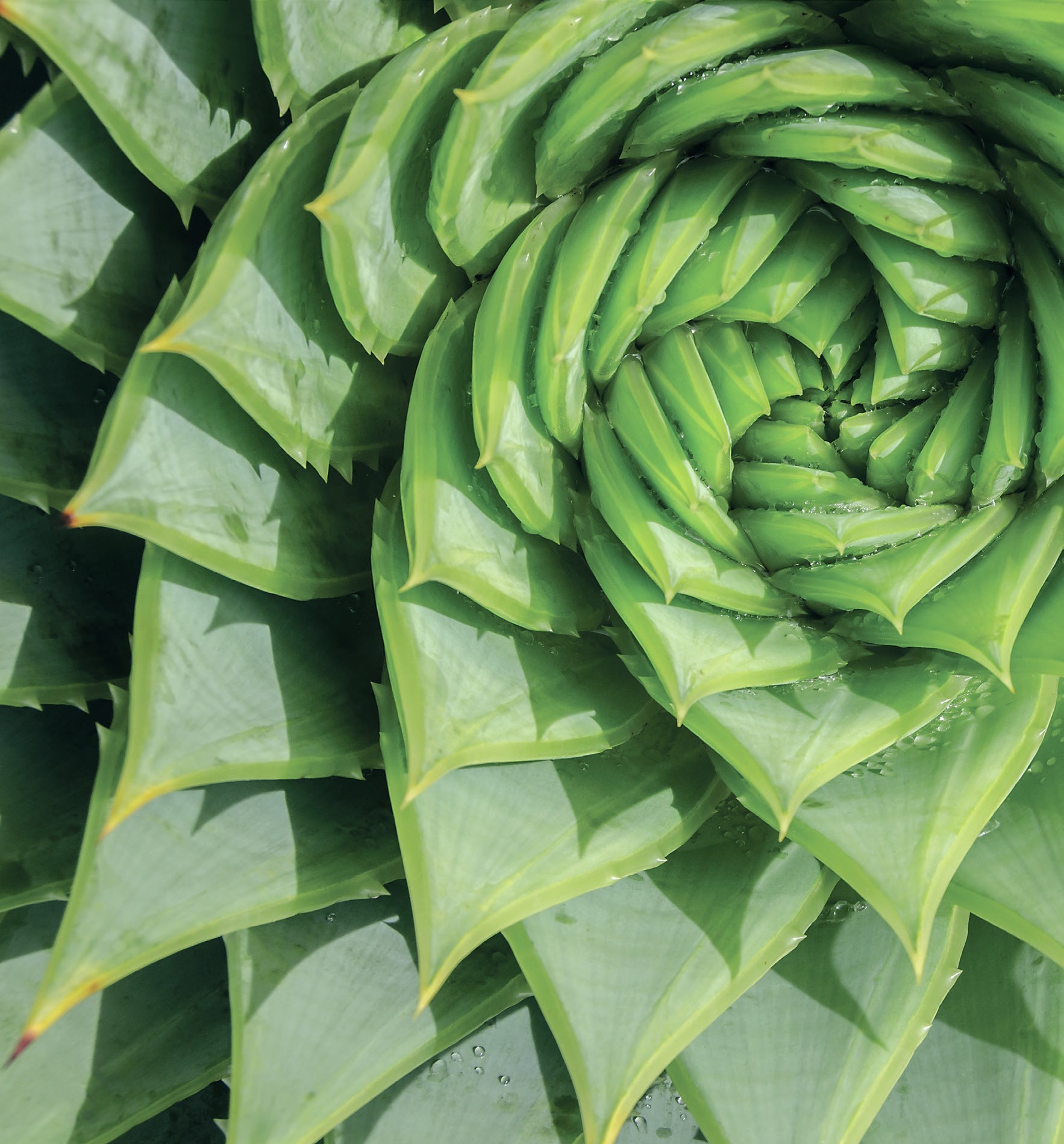
Leaves of modern-day plants are often arranged in spirals, with more than 90% of these being in a Fibonacci sequence (e.g. sunflowers, pineapple fruits, and the succulent plant Aloe vera illustrated). This arrangement forms the basis of many of nature’s most efficient and attractive patterns, and has been described as nature’s secret code. It has long been assumed to be the most ancient arrangement, with the character described as highly conserved, but now fossils have proved otherwise. A 407-million-year-old plant from Rhynie in Scotland (see 'Leaves' article in this issue) has been digitally reconstructed from peels (see resources) and 3D printed. The simple leaves did not emerge in a Fibonacci sequence. The history of plant science is being rewritten.
See how paleobotanists make peels showing cellular detail from fossil plants: https://tinyurl.com/paleobotanists
Your organisation does not have access to this article.
Sign up today to give your students the edge they need to achieve their best grades with subject expertise
Subscribe